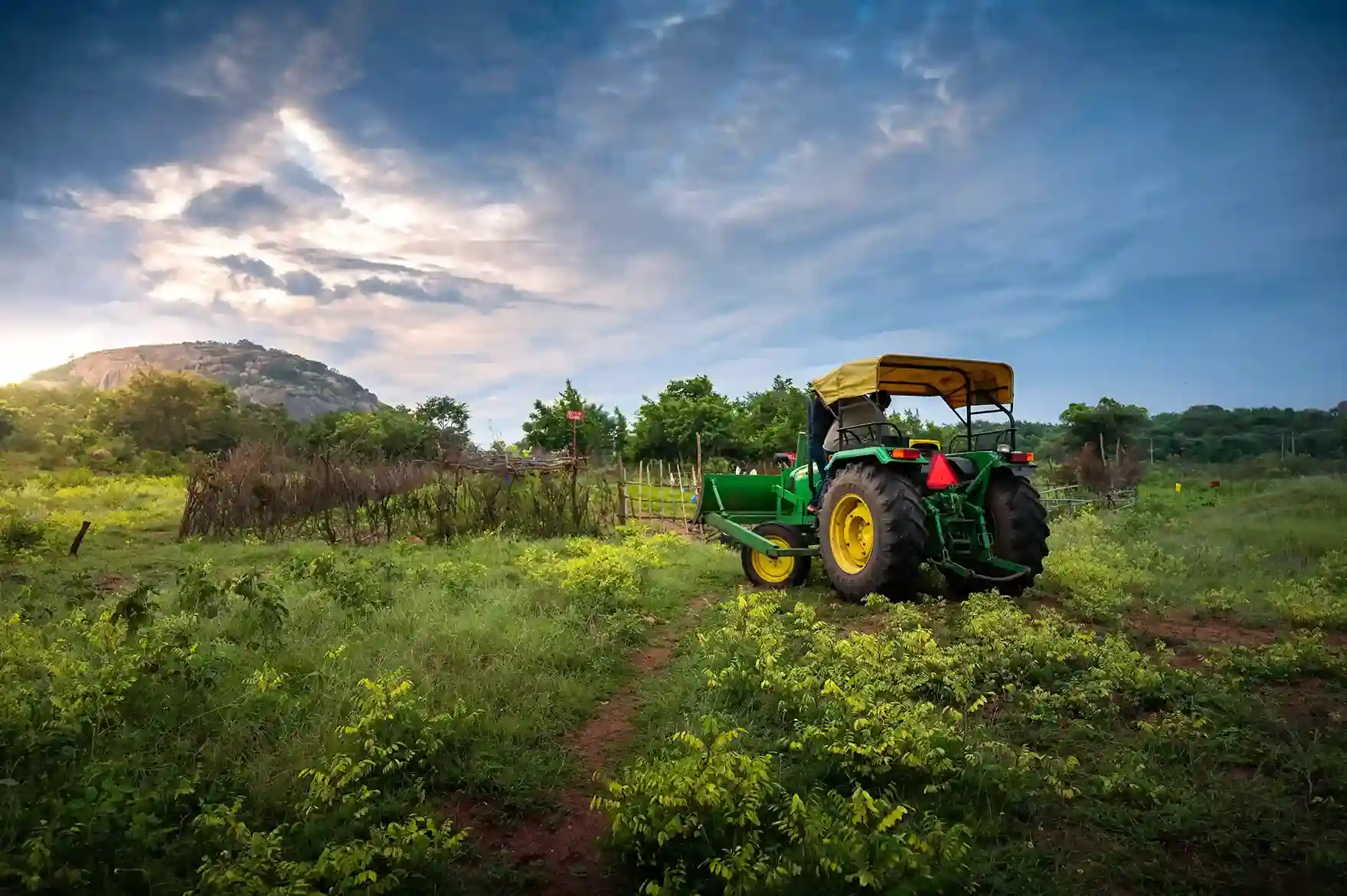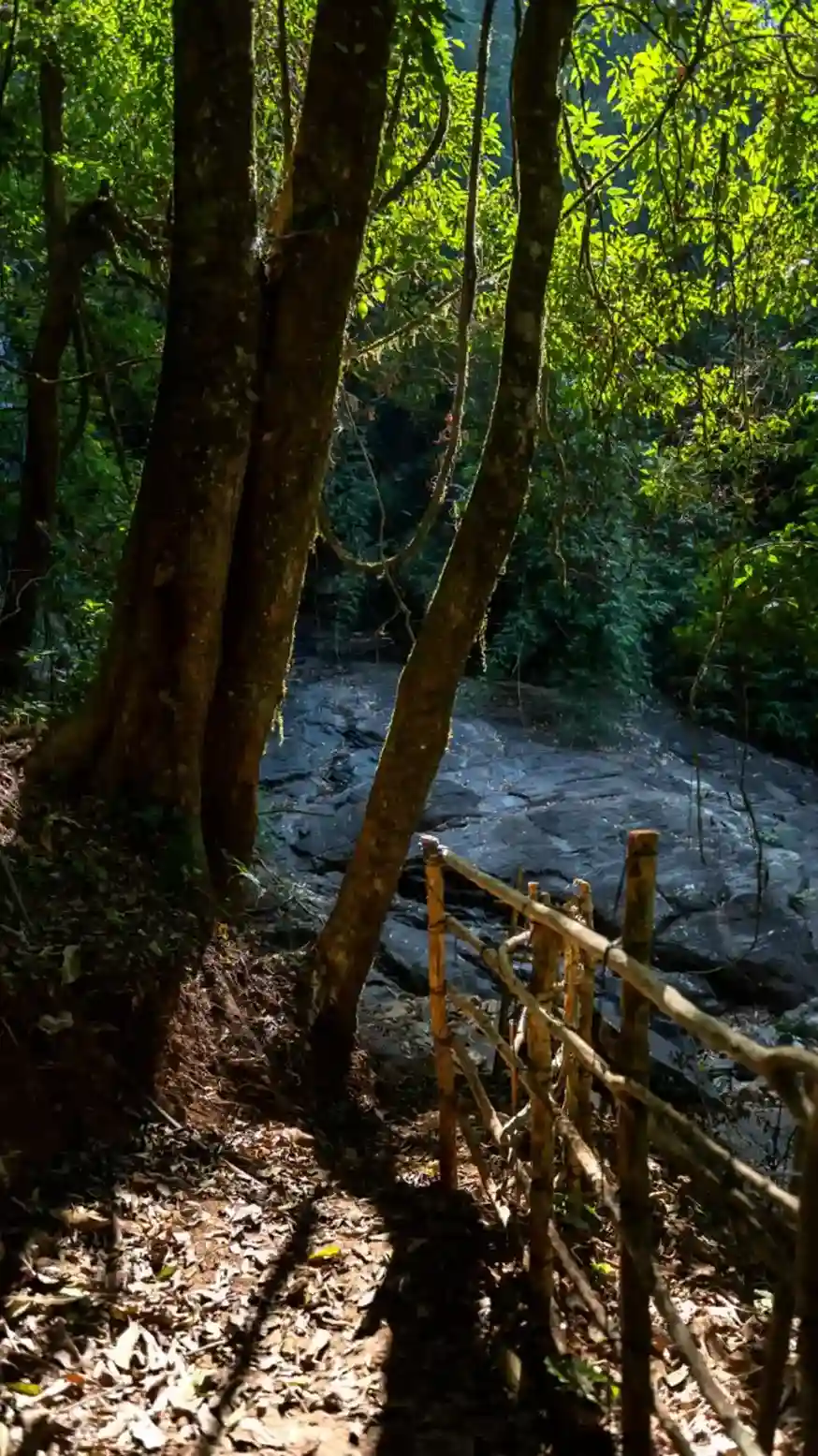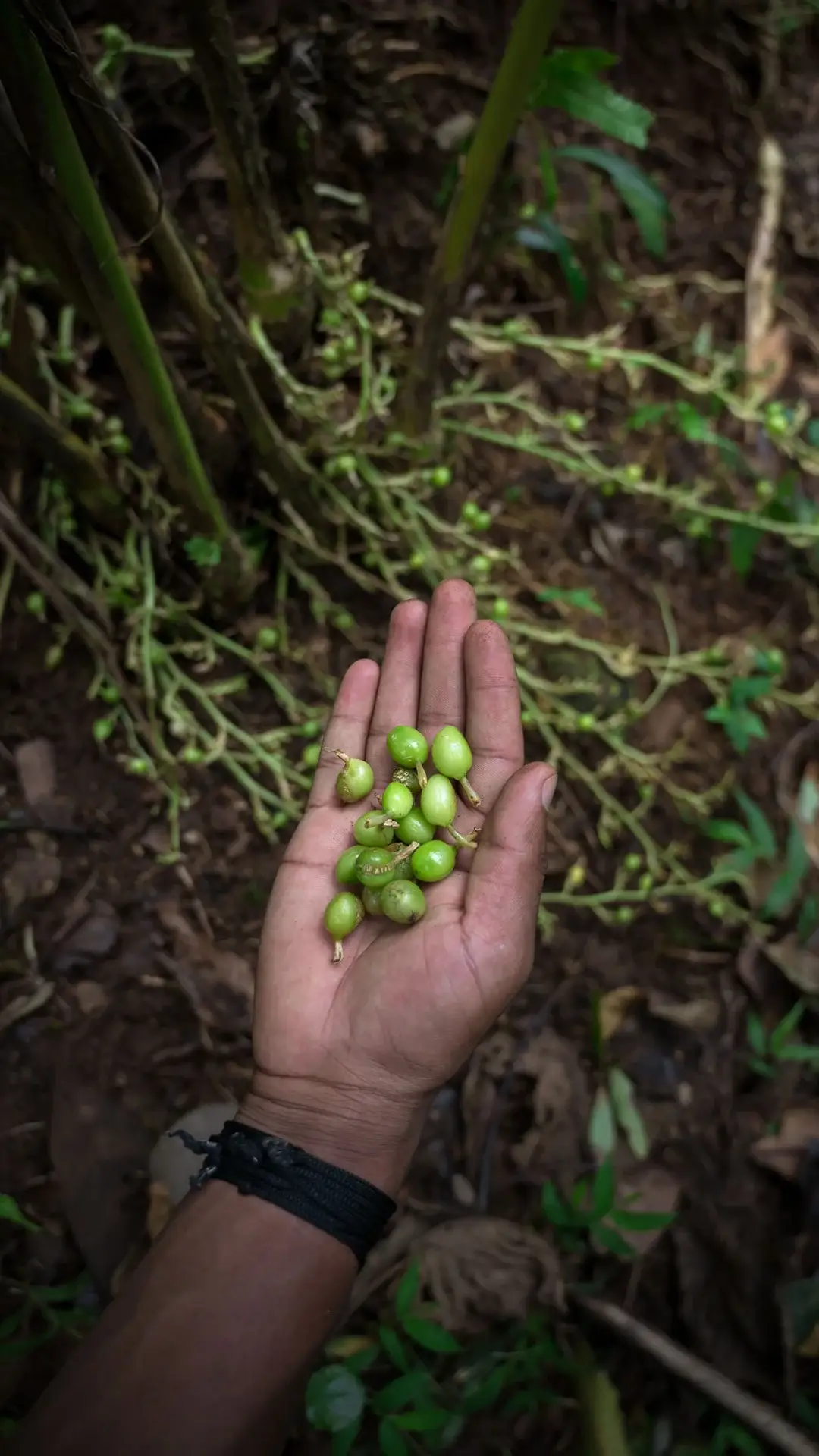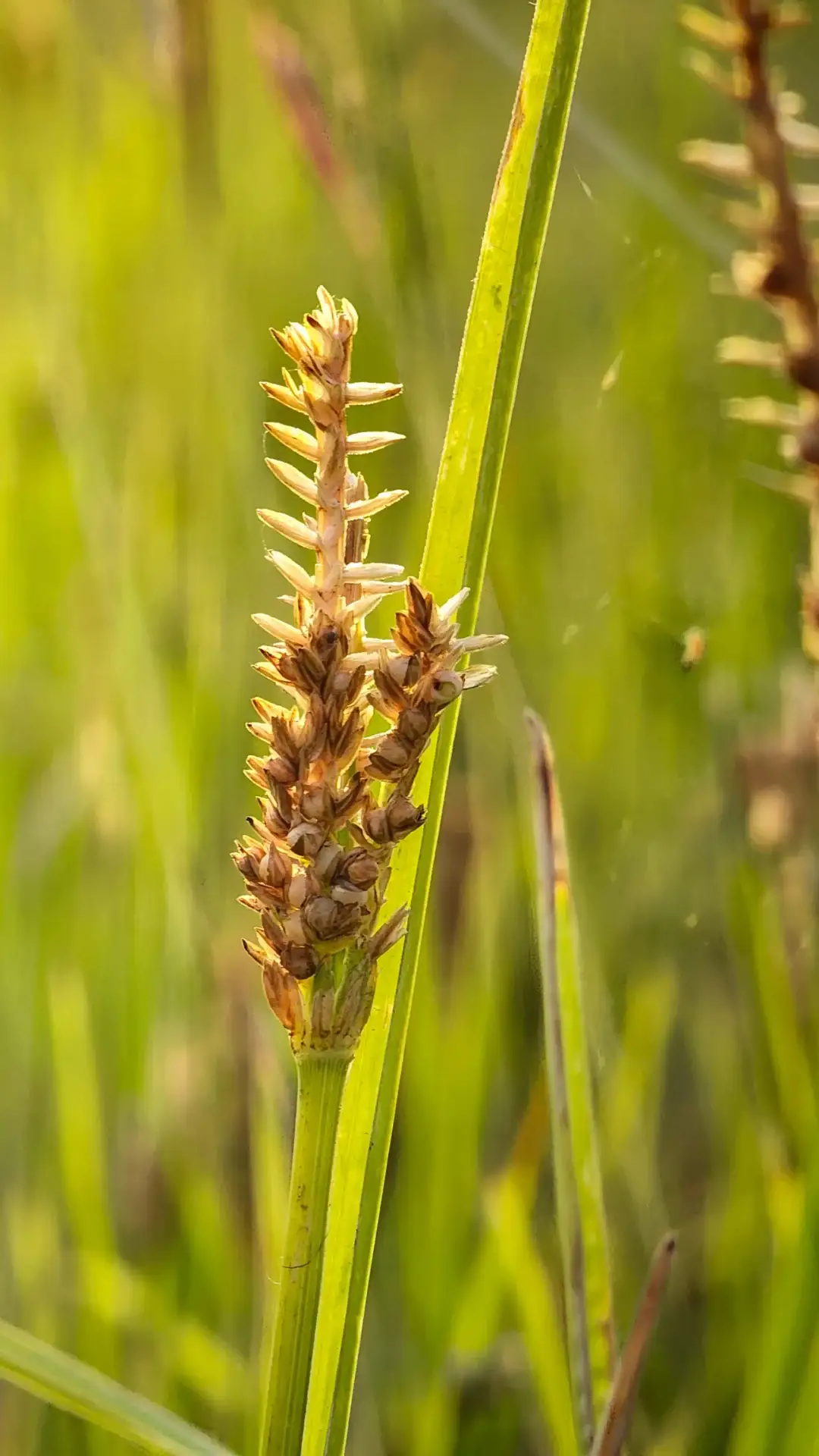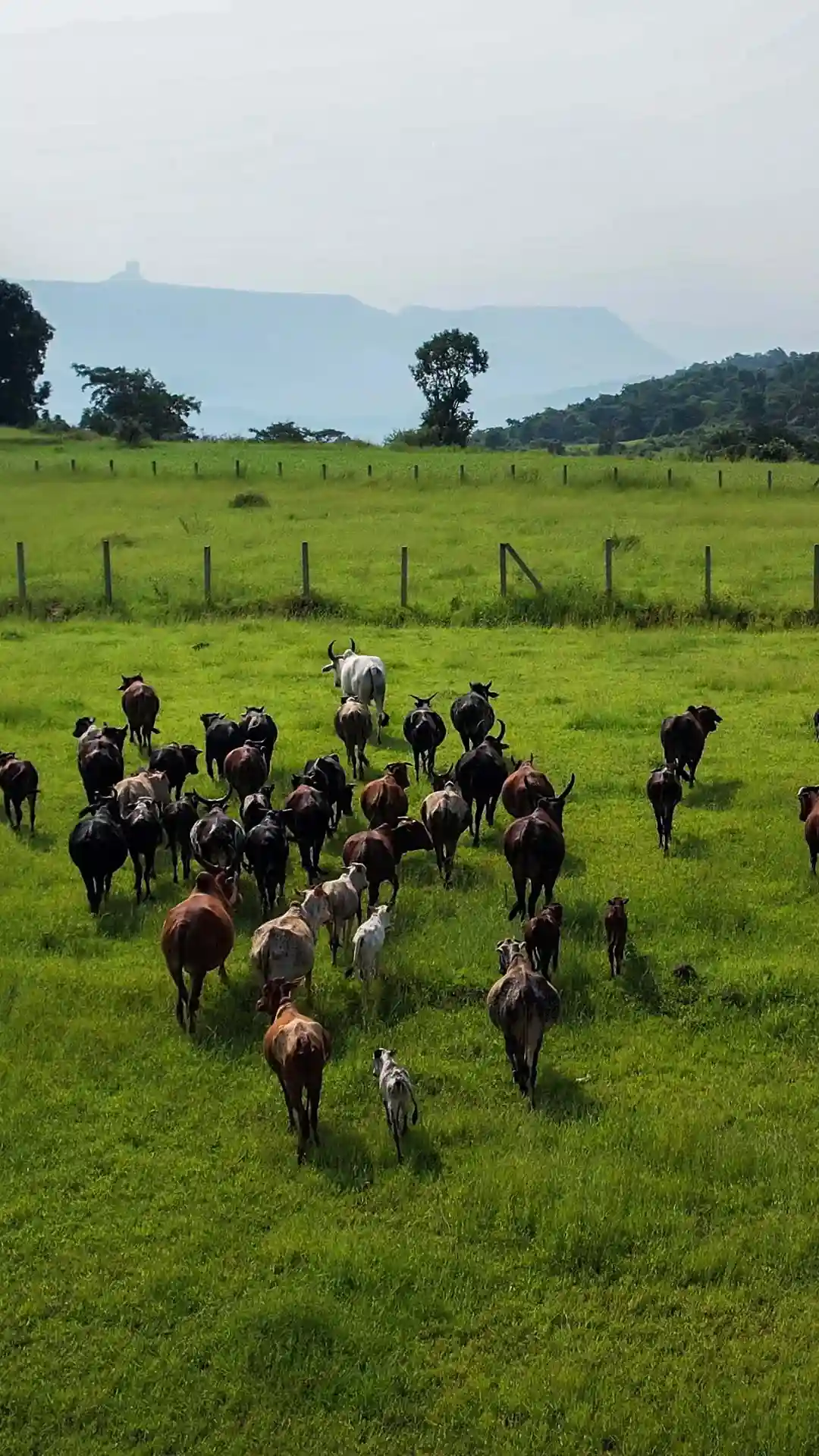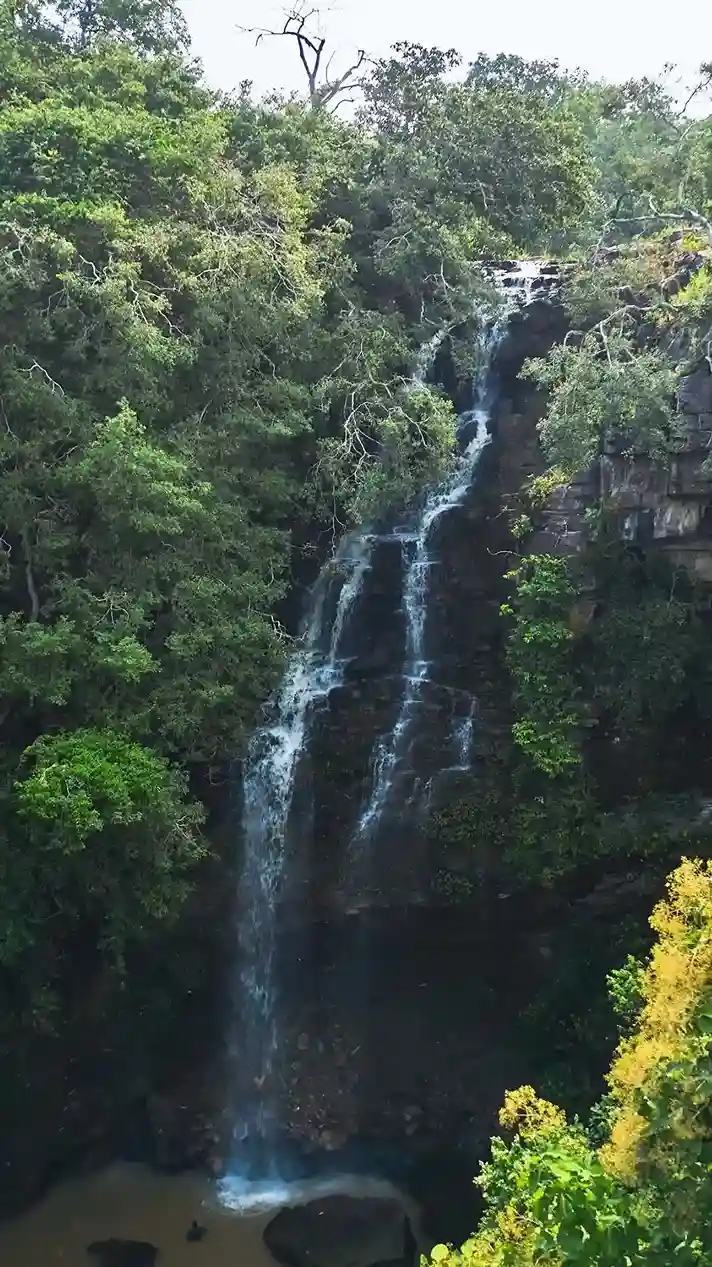
Reimagining Community Living
We create forest-friendly collectives to restore the natural balance lost due to decades of deforestation, conventional monoculture farming, urbanisation & fast culture. By applying holistic solutions that make self-regulating farming systems, recharge groundwater, build soil health and increase biodiversity to make landscapes resilient while fulfilling the fundamental lifestyle needs - food, water & energy - for everyone living in the Beforest Collectives.
Creating Forest-friendly Collectives
Forests have lived on for millions of years without any external support. Life starts and ends in their complexly interdependent environment. Inspired by this, we have adopted the permaculture framework that helps us identify the core of the problems and find long-term solutions within the landscape. Our farm design solutions mimic natural ecosystems to foster coexistence with wildlife, collaboration with local communities & experts, and co-creation of a forest-friendly lifestyle with the members of our Collectives.


Community-owned & Managed
Beforest Collectives are crowdfunded and co-owned by a member-led community which is the driving force behind all the farming activities and design decisions for the collective. Each member privately owns a part of the landscape and collectively owns the entire expanse. By pooling in their resources, members can carry out farming, conservation & restorative activities, which would have been far more challenging at an individual level.
The members come together by a common aspiration - a farm life & not just a farmhouse. They actively contribute to the growth of the landscape with their friends & family on the ground, learning about various permaculture growing methods, sharing their unique skills, and subsequently building their home at the Collective.
Our Eco Philosophy - Conscious Impact at Scale
All our Collectives start with 100+ acres. We realised that to achieve a positive landscape impact, we must direct all our efforts with the same energy and magnitude with which the landscapes were degraded. Vast landscapes also provide a more comprehensive array of natural resources and give us plenty of opportunities to apply multi-layered solutions to a problem, having a greater potential of recreating a forest-like environment where humans and wildlife can thrive.
OUR COLLECTIVES
Growing Regenerative Food Forests
Fully subscribed
Last few memberships left
Seed community formed, welcoming new members
Forming the seed community
Redefining community living in Coorg
OUR PATH
Journey to Forest Friendly Collectives
BE SCOOPS
Beforest in the News
WE LOVE SHARING
Our own Farming Newsletter
Featured Articles, Upcoming Events, Stories from our Collectives and more.
